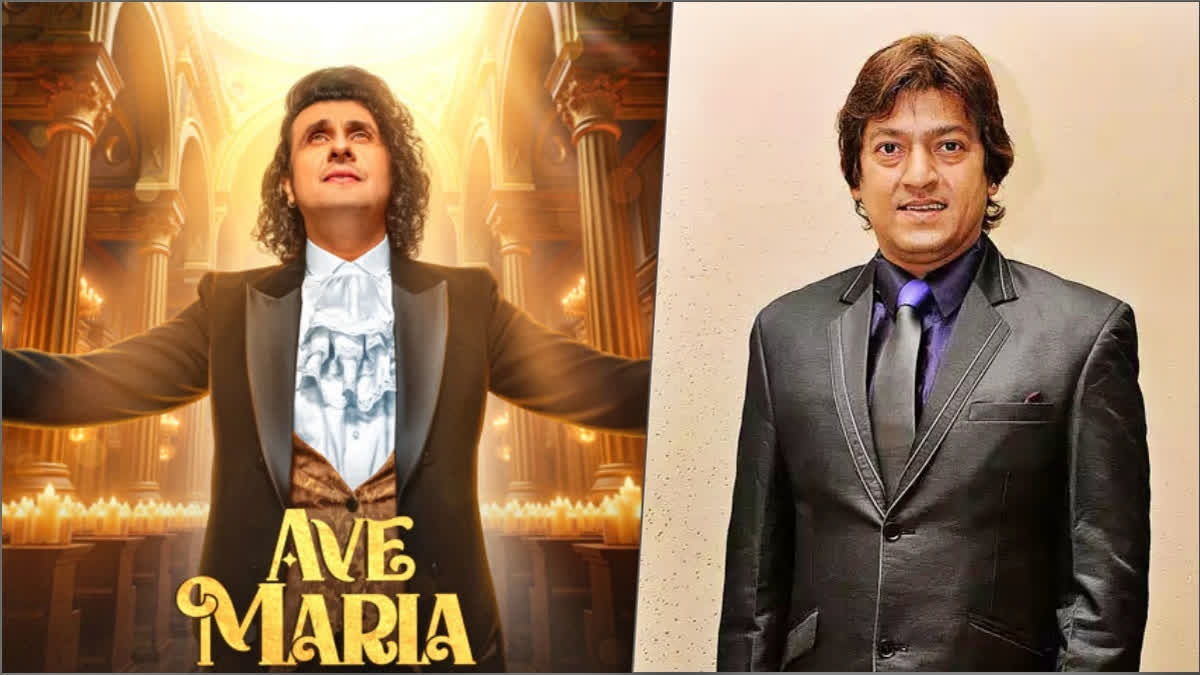hen Bollywood playback singer Sonu Nigam lends his voice to a project, it invariably strikes a chord with audiences. Nigam’s release of Ave Mariais a Christmas tribute celebrating his friendship and the legacy late music director Aadesh Shrivastava who had envisioned this version.
The Story Behind The Song
To understand the emotional depth of Ave Maria, we must first delve into the Sonu Nigam and Aadesh Shrivastava’s equation. More than colleagues in the vibrant but competitive world of Bollywood music, the two were close friends.
Shrivastava, who composed the soundtrack for Baghban, Kabhi Khushi Kabhie Gham and Aankhen, tragically passed away in 2015 after a battle with cancer. Before his untimely demise, he had been crafting Ave Maria, envisioning it as a crossover piece that melded Indian soul with Western classical grandeur. Nigam had been working with him on the track since 2011. Completing and releasing the track became Nigam’s mission as a final tribute to his late friend.
The origins of Ave Maria trace back to the rich tapestry of Christian liturgical tradition, where it began as a Latin prayer honoring the Virgin Mary. Derived from the Gospel of Luke, its earliest form appeared in the 11th century, combining the angel Gabriel's greeting to Mary with Elizabeth's words of blessing. Over centuries, composers from various eras interpreted the text, transforming it into a musical and cultural phenomenon.
The most famous version is Franz Schubert's Ellens dritter Gesang(1825), often misattributed as Ave Mariadue to its opening words. Similarly, Charles Gounod’s adaptation of Bach’s Prelude in C Major became a beloved rendition, intertwining Mary’s prayer with the baroque melody. Across genres and geographies, Ave Maria has evolved from a liturgical hymn into a universal symbol of grace and devotion.
